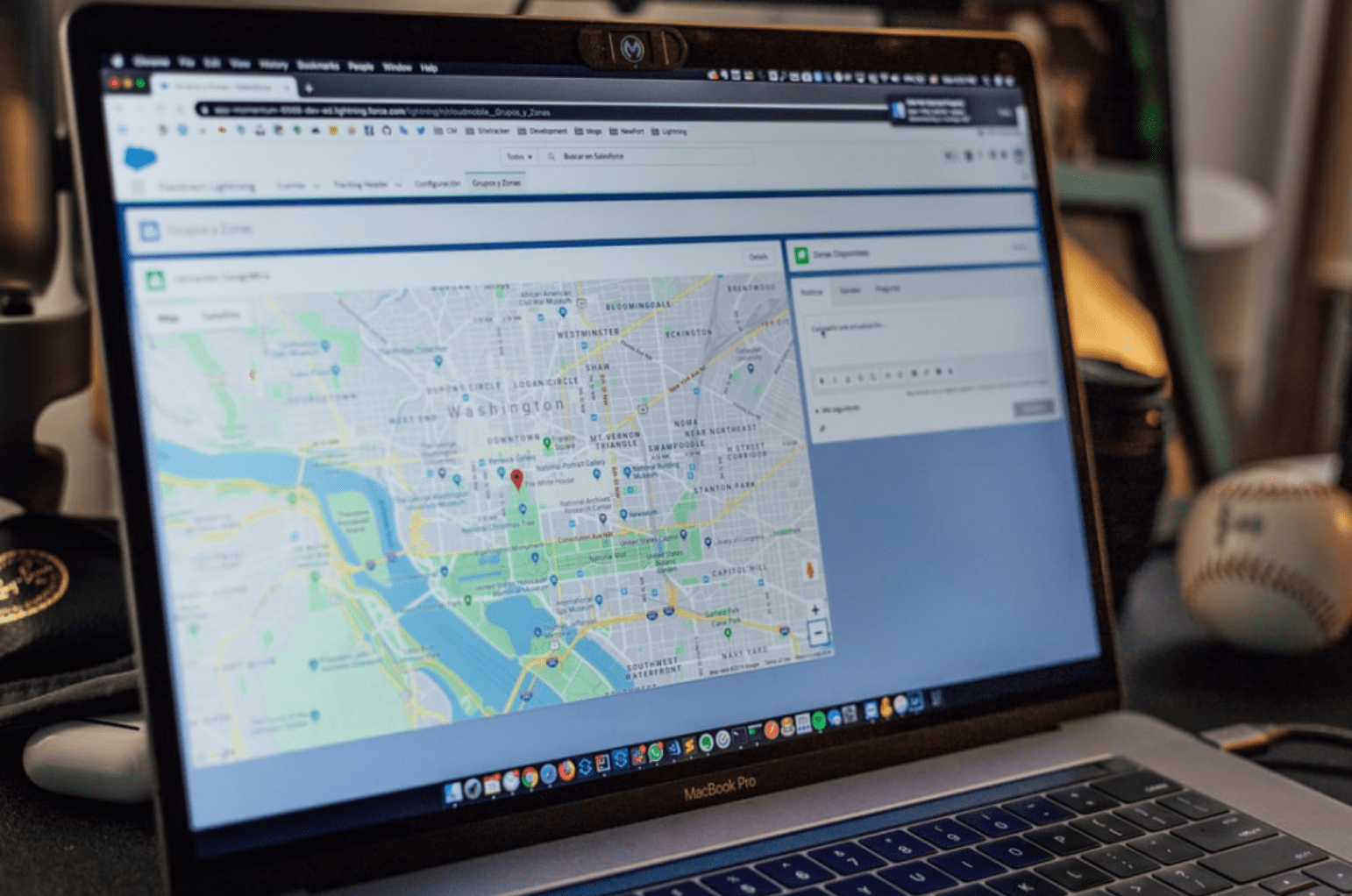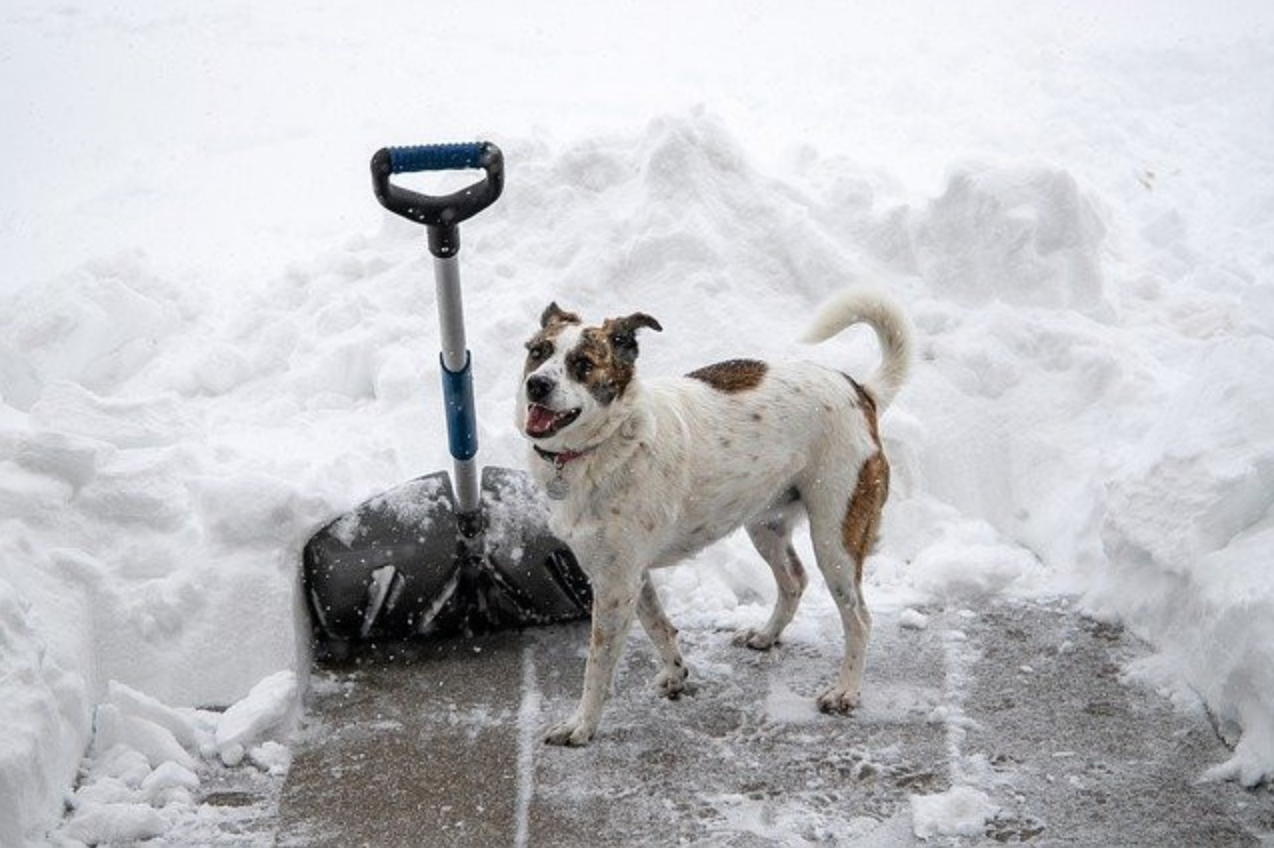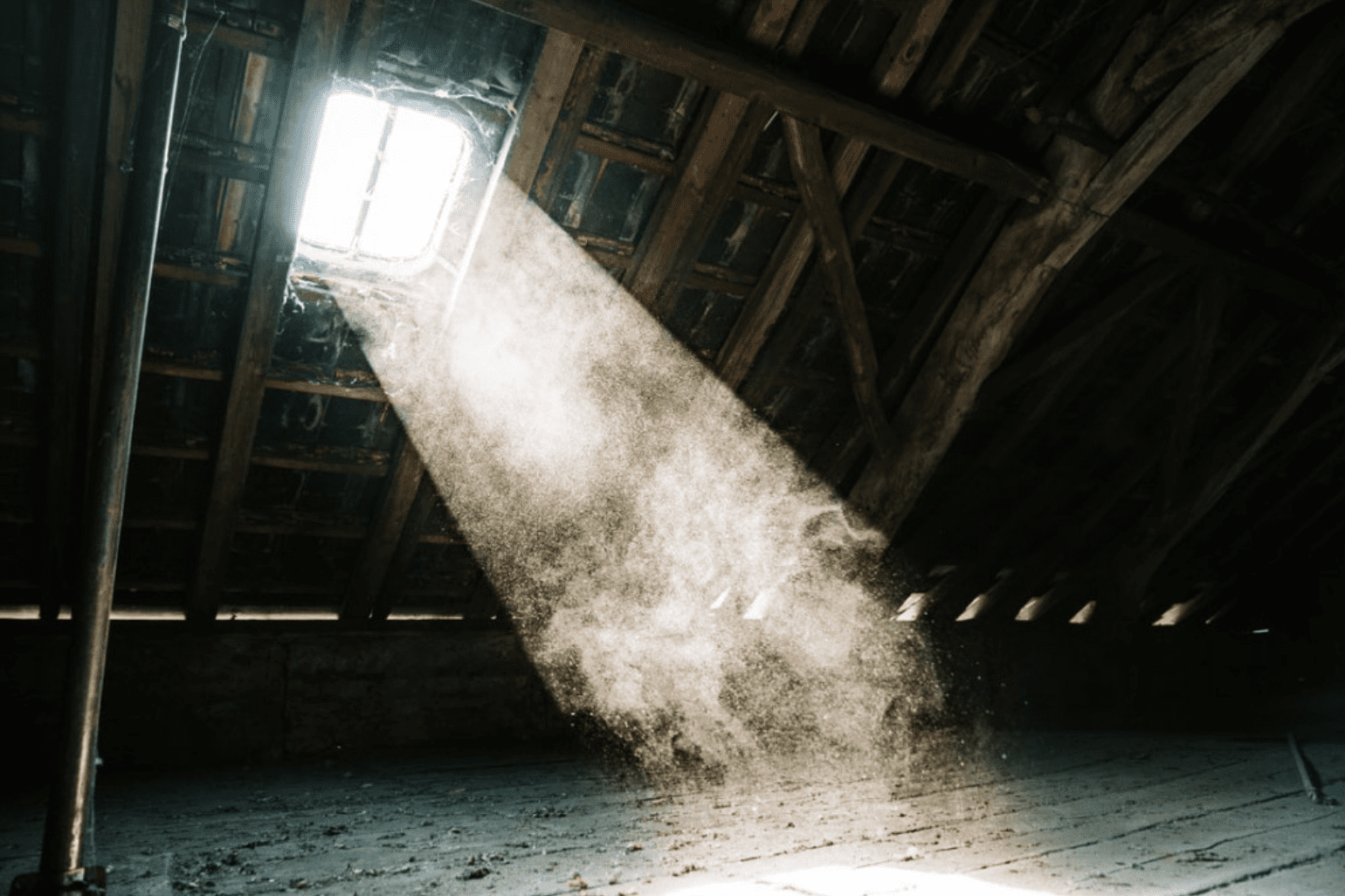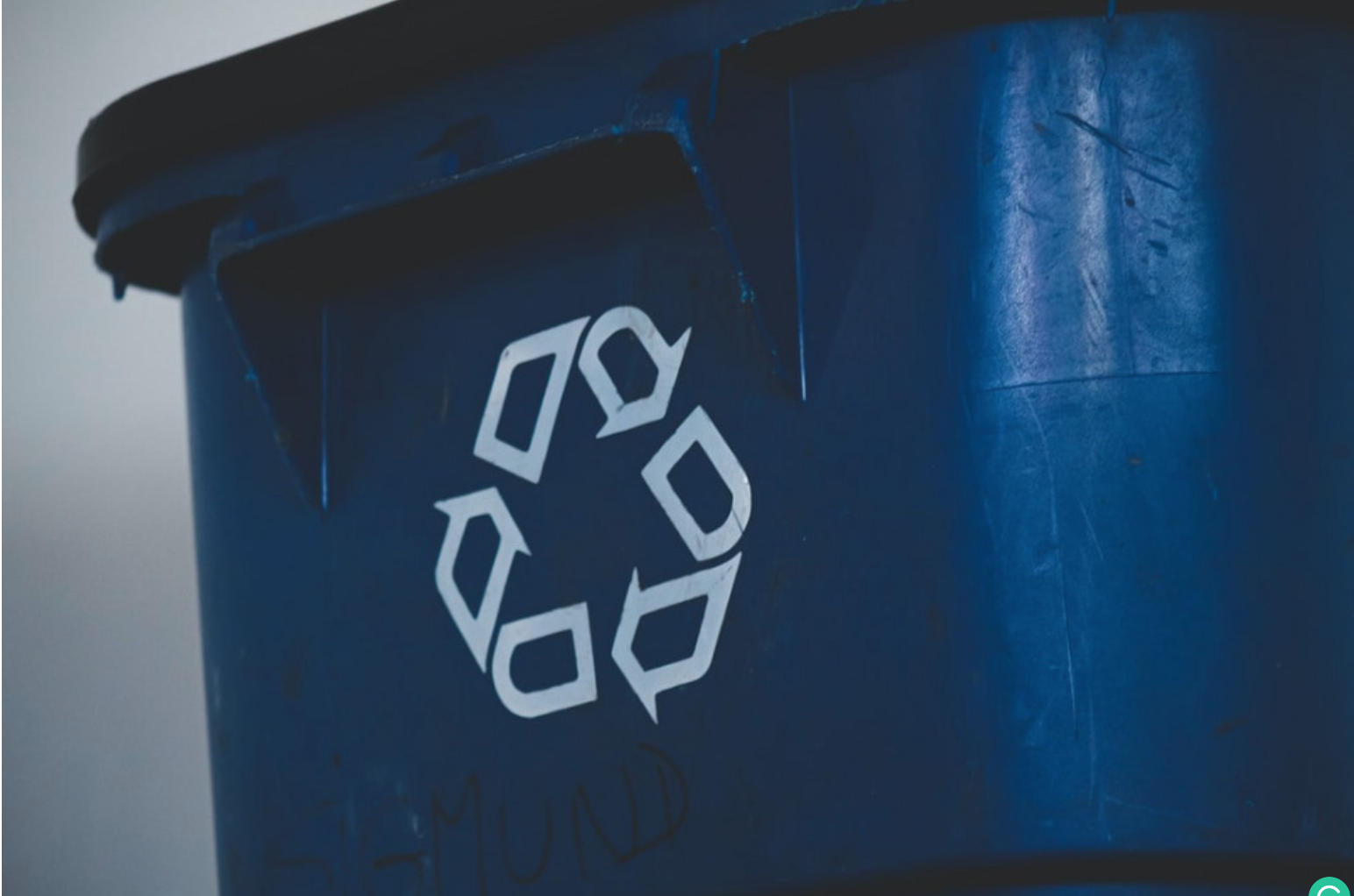We moved to Lewes, Delaware, in April 2020, and we just figured out that, more than likely, all the recycling collected from our house has not been recycled. Why? Because we put it in a large plastic bag.
Nowhere in the bin says not to place the recyclables in a large plastic bag. We thought we were helping by keeping it all neat. We have been doing this for over ten months, and no one from the trash company has reached out to us to let us know that we are doing it wrong.
Between my wife and me, we have four degrees. How many degrees does it take to figure out recycling?
I was so upset to find out that the effort we took to collect the recyclables was in vain that I had to learn why recycling is so difficult.
The main reason why recycling is so difficult is that there are different standards in most localities, making it very confusing to the average consumer. There are also an overwhelming amount of potentially recyclable products.
The Recycling Challenge
The first thing you notice when you look at recycling is that there are way too many products that the average consumer can potentially recycle. There are different types of paper goods, many varieties of plastics, glass, metals, and products combined with other products — it’s enough to give you a headache.
At first glance, you would think that this is good news. The more products we identify as recyclable, the less trash goes to the landfills or an incinerator.
Right?
You would think, but that is not how it is turning out to be.
According to the EPA, in 2018, the USA recycled only 23.6% of its total solid waste. On average, each person generated 4.9 pounds of solid waste per day, of which only 1.2 pounds ended up recycled.
Why are these results so disappointing?
For once, the average consumer has too many responsibilities already. We can’t expect consumers to do serious research to figure out what they can and cannot recycle.
The unfortunate outcome is that most people feel that recycling is so hard that it is not worth doing it.
Sure, you find the occasional super committed recyclist enthusiast that can recite all products by heart, but those are exceptions. What we need is a comprehensive solution.
We need to simplify the process and help the average consumer to understand why we are doing it and how to do it.
While all products have challenges when it comes to recycling, if we had to name one product that causes the most confusion and frustration, it is plastic.
The Plastic Ordeal
There are hundreds of different types of plastics, that are mostly recyclable but don’t end up being recycled.
According to the EPA, the USA recycled only 8.7 percent of all plastic in 2018.
Why is this? In a word, money.
Eureka Recycling, a non-profit organization located in Saint Paul, Minnesota, provides insight into why this is.
“The technology exists to recycle most kinds of plastic, but a lack of infrastructure prevents all but the most widespread kinds of plastic from being recycled.”
Before you can recycle plastic, you have to carefully sort it. Most consumers in the USA are asked to lamp it all together into their recycling bin and believe it is all going to be magically recycled.
Unfortunately, that’s not the case as mentioned above, as less than 10% of plastic is recycled in the USA.
The collection and sorting process is complicated and expensive. And as a result, plastic’s weak post-recycled market price doesn’t make financial sense for most communities.
A specific issue making plastic less marketable is that unlike aluminum products that maintain most of its qualities after recycled, plastic significantly degrades after each recycling process.
Different Standards for Different Locations
Probably the most critical obstacle to recycling is the lack of standardization. Information about recycling in many cities and recycling bins is different and often confusing.
For example, most people believe that all glass bottles, jars, and containers are recyclable.
While this may be true in most cases, the collection process is often very different from one U.S. community to another.
Some communities like ours in Lewes, Delaware, take glass together with all other recyclables; some have recycling drop-off locations, and some cities require separate glass containers.
When we lived in California, we paid a deposit for each glass bottle. The hope is that the consumer recycles the container in exchange for the 5 or 10 cents deposit.
An interesting fact about unclaimed deposits: In most cases, the States keep the money and apparently use it to fund environmental related causes. To get an idea of how much money we are talking about, according to Consumer Watchdog, the total of unclaimed deposits in California alone in 2018 was $308 million.
So, is there a way to make recycling less difficult?
According to Recycle Across America, a non-profit organization, the solution is to “begin displaying the society-wide standardized labels on their recycling bins, to make it easy for everyone, everywhere to be able to recycle right.”
The following video by Recycle Across America makes an analogy between road safety and recycling. The video shows how confusing and dangerous traffic would be if cities across America did not have standardized road signs.
Is Hatsue Katayama a Model of How to Recycle?
In 2003, a town in Japan, Hatsue Katayama, started a very rigorous recycling program. So strict that the town composts, recycles, or reuses 80% of its garbage. A remarkable accomplishment when we compare it to the 23.6% achieved by the US.
However, the video below shows that the discipline required to achieve these recycling levels is unrealistic and maybe painful for the average consumer. While I applaud this small Japanese town’s fantastic achievement, I think it would be unrealistic to expect the same from America as a whole.
Having said that, the video should serve as an inspiration to improve recycling in America.
Top Five Recycling Tips
If you were to learn and practice only five things about recycling that will increase your chances of success, they would be:
- Reduce and reuse before you recycle
- Understand your community’s recycling guidelines
- Only recycle clean bottles, cans, paper, and cardboard
- Do not add food or liquid to your recycling
- Do not add loose plastic bags or bagged recyclables
Related Posts:




